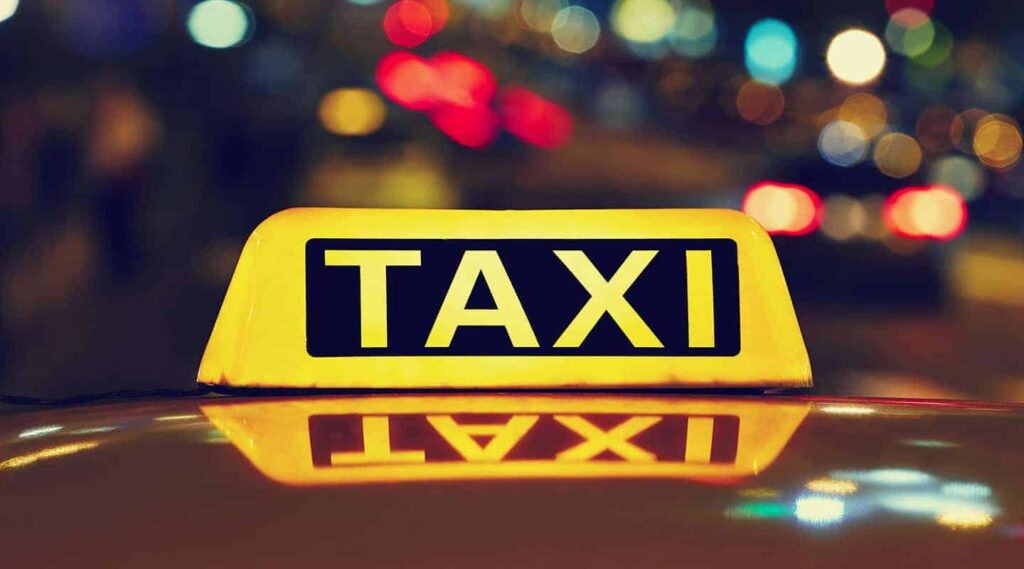The thrill of getting exposed to a new environment, culture, and community are a few reasons why people love traveling. However, these certain unfamiliarities are also the very reasons why tourists are the most vulnerable to scams – most specifically, taxi scams.
Taxi drivers are often the first locals a tourist would meet upon arriving. There are others who will be welcoming and nice, and there are others who will take advantage of unsuspecting ones. Overcharging, purposefully taking longer routes, giving inaccurate change, stealing – the list goes on. So, if you’re planning on taking a trip to a foreign location, you might want to know a few tips to avoid getting scammed by a taxi.
1. Research ahead!
Take the time to know your area – familiarize yourself with the streets, roads, and landmarks. And while you’re at it, identify the fastest route to your destination and the typical taxi fare. Some countries do not require tipping your taxi drivers or charge extra for your baggage. Your prior research will help you identify potential scams. Thus, you won’t end up getting deceived.
Also, try suggesting to the driver to take the route you personally think is best. Saying “you’re going to take highway A to the hotel, right?” will signal your driver that you know your way around.
NOTE: Some drivers will suggest longer alternative routes in order to avoid traffic or roadworks. Still, if you really feel suspicious about it, you can tune in to the latest traffic updates.
2. Check the taximeter
It’s the most common taxi scam a driver could pull off. Either they will not turn the taximeter or purpose, or they will turn it on before you have properly boarded the vehicle. They’re trying to scam you into paying extra than what the meter would actually charge. So, before you take off to your destination, make sure the taximeter is working. If not, then call for another taxi.
You might also have to know the rate of the meter in the area. If the meter is unusually fast or has a different rate price, then it’s most likely a scam.
3. Pay smaller bills
Paying the driver a large sum of money will open up an opportunity for him to make you pay extra. How? Well, they’ll play the “no change” scheme.
Many people fall for this scam because it seems like an “honest mistake” when it’s not. If you don’t have smaller bills to pay instead, you’ll be forced to receive whatever change he has.
As much as possible, carry a stack of low-denomination bills and keep a few coins in your wallet. If not, try to search for the nearest convenience stores or gas stations as they usually have change for large bills.
Note: Count your money out loud when you are giving it to the driver. For instance, say “here’s a $50 bill”. This will prevent the driver from switching out a $50 bill for a $20 bill.
4. Take note of important details
Make it a habit to write down important details about your ride. In this way, you’ll be able to gather needed data should you file a complaint. Below is a list of information that you should include in your notes:
- Taxi driver’s name
- Taxi driver’s plate number
- Taxi company/name of the taxi
- Route you were taking
Keep these information as you never know when you might need it. Most importantly, if you feel threatened or unsafe, kindly ask the driver to stop the car and immediately exit the vehicle.
5. Know the common scams
Being able to identify a scam ahead of time is a huge advantage in your part. There are a lot of taxi scams out there; some can be easily detected, while some are not. Try to familiarize yourself with common ones first, then work your way into knowing more. Tune in to the radio or TV News so you’ll know the latest updates.

There are many great taxi drivers out there who puts your safety and entertainment their priority. In fact, we also made another version of this blog post just for them! Nevertheless, as a tourist, never put your guard down especially if you’re new to the area. Enjoy your trip as much as you can, but always stay safe!
Follow us on our Facebook and Twitter pages for the latest stories, products & updates.





















